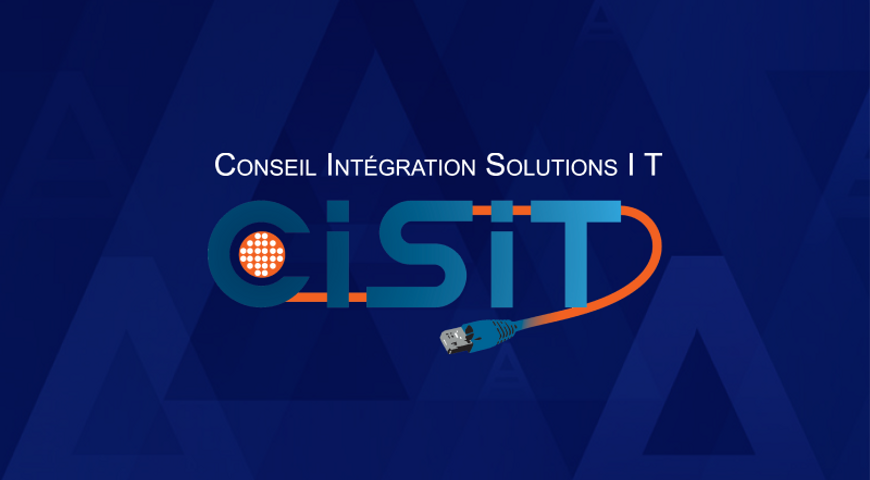Acronis has recently released another module for Acronis Backup & Recovery Advanced Platform, a module to support Microsoft SQL Server backup. From now on, the previous version of Microsoft SQL backup application has retired, and the SQL support has moved into the Acronis Backup & Recovery platform solution.
It may not seem like a big deal, but it is an important step for us at Acronis. In fact, this module is the first one built on the entirely new framework called single-pass backup.
The story of single-pass began a long time ago. Back in 2008, when we released backup agents supporting Microsoft application servers, they were similar to many other products on the market. Making a backup copy meant exactly that - creating a copy of the application data, and storing it in the backup. However, Acronis was best known for its flagship product which was a disk snapshot solution, and many customers asked: "If I already do a regular backup for the entire server, why do I need another one to protect the application data?"
We did have a perfectly valid answer to that question: "Because the archive would not know of the application data, the data may be partially inconsistent, item-level restore would be impossible or complex." But the other customers kept asking it over and over again.
So, we decided to think it over. Ultimately, the customers were right: the most important data was already in the backup. The question was only how to make such backup suitable for easy application restore.
The combination of two backups into one required quite a bit of work. We wrote a plug-in framework to allow the modules responsible for application support to talk directly to the application being protected while disk backup is running. We created the backup data layout description so the modules could easily locate correct databases inside of the disk-level backup, which is natively file- and sector-based. We built a user-friendly UI for the application data recovery - something that would allow the user to recover instances and databases rather than disks and files, even though the backup was, in fact, a disk snapshot backup.
Microsoft's commitment to support Volume Shadow Copy Service (VSS) on their major applications helped a lot here. Unlike old-fashioned stream-based backup API from Microsoft, VSS relies on file-level operations to back up and recover the data. And that was exactly what we needed. VSS tells us which files are important for the applications, and we knew very well how to handle them.
This is how single-pass backup was born. There are many benefits of single-pass backup:
- It natively eliminates data duplication between the disk and the application, as they both refer to the same data store.
- It shortens the backup window requirement to the very minimum, as no data needs to be read twice.
- It helps to unify the protection plans across different servers with different applications, allowing the IT staff to spend less time managing the backup.
- The "minimal touch" approach in regard to the application helps to eliminate most application-specific errors, minimizing troubleshooting.
- Most importantly, it makes recovery a breeze - if fire destroys the server, the full and the latest state of the computer can be restored from just a single backup, in a one-step operation.
And restoring the entire server is not the only thing you can do with single-pass backup: If you need to recover a disk, a file or a database - you can recover any of these, from the same backup.
So, we think single-pass backup is a very useful technology, with a great future. If you did not have a chance to try Acronis Backup for Microsoft SQL Server, try it now for free!
About Acronis
A Swiss company founded in Singapore in 2003, Acronis has 15 offices worldwide and employees in 50+ countries. Acronis Cyber Protect Cloud is available in 26 languages in 150 countries and is used by over 21,000 service providers to protect over 750,000 businesses.



